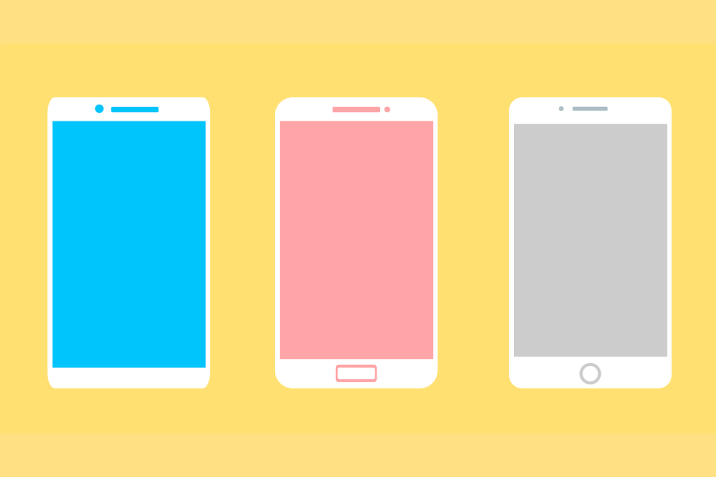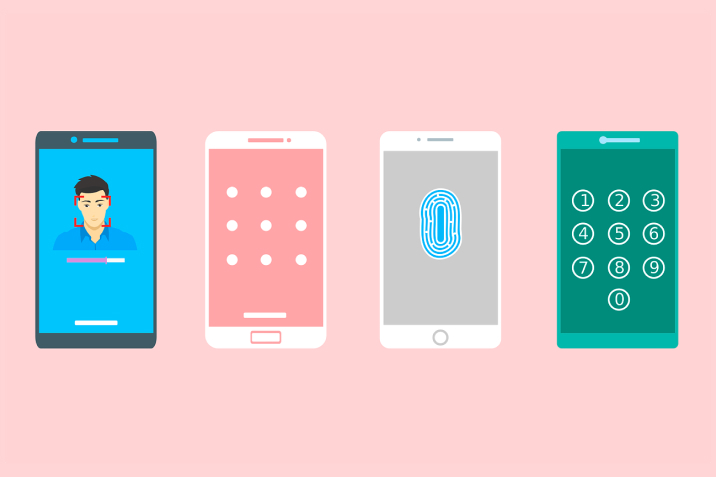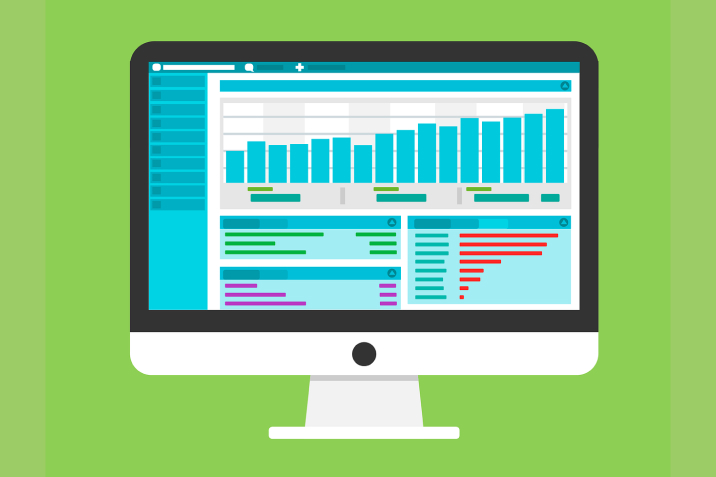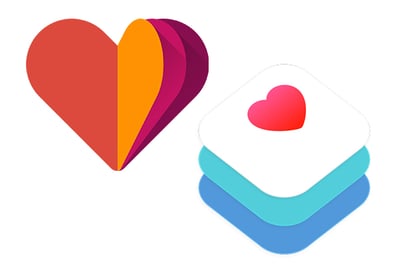Fitness Apps Framework Explained
Written by Pete Nystrom
Fitness and health is a trend that is rapidly increasing whether you’re trying to gain muscle, lose weight, or live a healthier lifestyle. It’s no easy task when working to change an entire routine and some have considered using smart devices to track and measure their progress. From personal fitness apps to wearable technology, people are continually looking for tools to help them manage their fitness and health regime. In 2014, Google and Apple released Google Fit and HealthKit, a platform designed to help users track health and fitness data through their devices. But do you wonder how it’s able to track and store your information, or if you should trust the application? Seamgen wants to break down the Google Fit and HealthKit framework to help you understand how these platforms work with your device and your data.
What is HealthKit and Google Fit?
HealthKit
HealthKit is a published software development kit (SDK), aimed to aggregate health and fitness data from applications running iOS. In addition to personal tracking, Apple’s Healthkit is actively used by medical professionals to transform how we see health. HealthKit makes it easy to monitor heart rate, calories burned, steps taken, etc. with motion tracking through the sensors in your phone or attached Bluetooth sensors. Data is encrypted and the system is designed to merge data automatically based on the user’s preferences. The framework constrains the types of data and units to a predefined list where developers can use, but not see or change the types.
Google Fit
Google Fit is an open ecosystem, available to connect to any device running Android that tracks more sports-oriented daily user activities such as calories burned, pedaling rate, wheel speed, distance, heart rate, etc. Google Fit allows developers to upload fitness data to a central repository where users can access their data in one location. The sensor framework allows the user to connect to the fitness store using application programming interfaces (API). APIs enable the user to store and access data from different devices and apps running Android.
Learn more about the Apple HealthKit framework or learn more about the Google Fit framework.
Compatibility

Though these applications serve a similar purpose, the range of devices that support HealthKit is smaller. HealthKit is only supported on the iPhone, Apple Watch, and newer models of the iPod Touch. Currently, Healthkit is not supported on the iPad or any Apple computer whereas Google Fit supports Android phones, wearables, tablets, and web versions of the app. Additionally, it will be no surprise if Google launches compatibility for iOS devices, which has been previously seen with apps like Google Maps and Gmail.
Data Variety
When designing an application, it is critical to understand how the app supports different platforms. Google Fit suggests mostly sports-related data by default such as pedaling rate, wheel speed, and distance traveled where the terms and conditions state the application is not intended for medical purposes. However, HealthKit is designed to be used in conjunction with medical professionals to monitor fitness and health activities.
Both frameworks can be used for app development, but Google Fit and Apple’s HealthKit differ. Apple developers cannot create custom data types or units at this time, though the application provides a broad spectrum of available categories such as gender, fitness, nutrition data, food, and sleep patterns, etc. Google Fit developers may create custom data types, though only seen by the defining app. Google Fit developers are also not limited to a predefined list of available custom data types, unlike Apple developers.
Privacy & Data Storage

Regardless of the platform, Google Fit and HealthKit will have to ask for permission to read, store, and track data. Though both platforms value customers’ privacy, HealthKit and Google Fit differ in their approach.
Apple’s HealthKit will request permission for every data type whether heart rate or glucose levels. Additionally, HealthKit stores sensitive user information locally on the user’s device and offers the user to backup stored data to iCloud. However, Google Fit may request up to three permissions for activity, location, and body only. Once granted permission, your Google Fit data is accessible and stored in your Google account and can be accessed from any device. It has been noted that Apple is much stricter for user privacy and data security to that of its competitor.
Developer Insights

Google Fit and Apple’s Healthkit require extensive development and research to abide by the platform’s guidelines. Here are a few principles to follow when developing an application using Google Fit APIs:
-
- Always clearly explain to the user what data you will collect and why.
- Honor user requests to delete their data.
- If you read fitness data from Google Fit, you must also write the fitness data you collect to Google Fit.
- Do not use Google Fit APIs for non-fitness purposes, such as storing medical or biometric data, selling data, or using data for advertising.
- Carefully review the Google Fit Terms and Conditions before using Google Fit.
Read the full set of principles.
Developers using HealthKit must abide by additional rules to comply to with health and fitness apps guidelines. To ensure user privacy, follow these guidelines when developing an app using Healthkit:
-
- Data gathered through HealthKit may not be disclosed to third parties for advertising or other data mining purposes other than improving health management for research only with permission.
- Apps must not write false or inaccurate data into HealthKit and may not store personal health information on iCloud.
- Data may be processed only after user grants permission with written consent.
- Apps conducting health-related human subject research must secure approval from an independent ethics review board, and provide proof of authorization upon request.
- Apps intended to be used by kids, apart from HIPPA, needs to comply with COPPA or other globally accepted equivalents.
Read the full set of guidelines.
Which is Better for Users?
Apple’s HealthKit and Google Fit provide their respective users with a platform that tracks and stores health data within the user’s device. Though Google Fit offers more flexibility through an extensive list of compatible devices and partners, Apple’s HealthKit ensures more security of sensitive information and a more comprehensive view towards user health. Despite the platform differences, both will fit the bill when looking for an app that tracks health data.
Thanks for reading!
If you’d like to learn more about framework design, check out our other posts. To inquire about any custom application design or development, please contact us.









